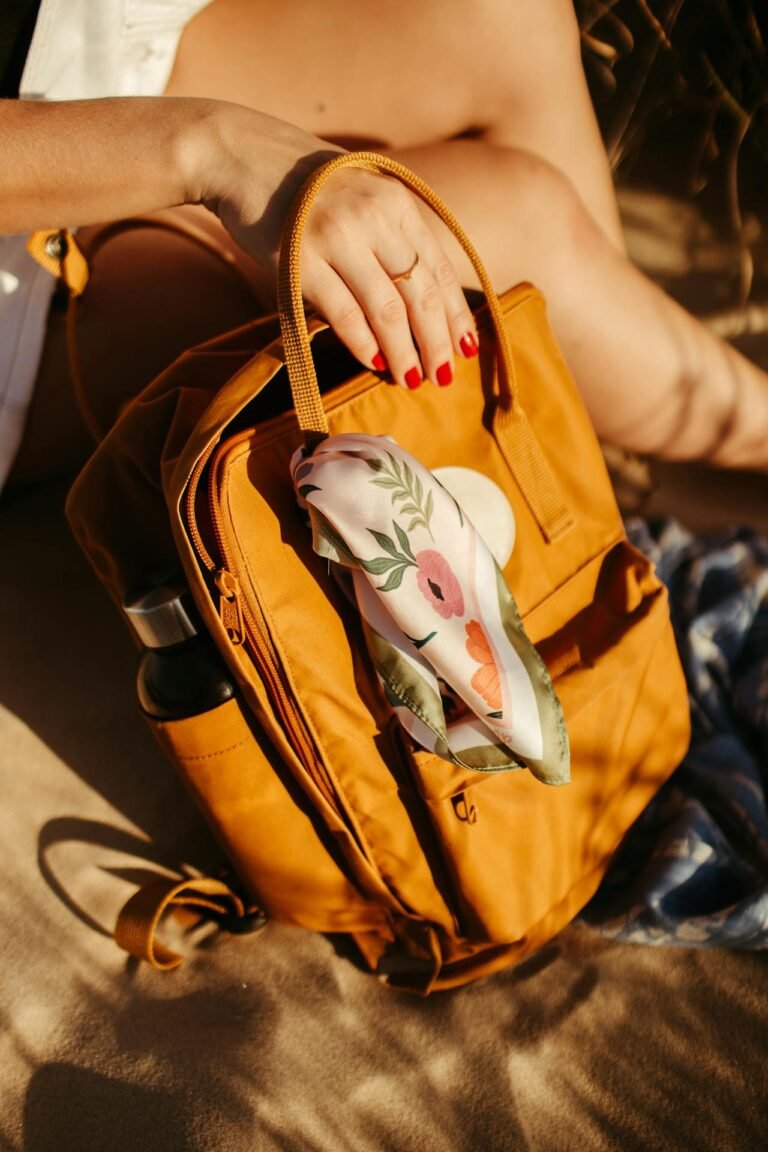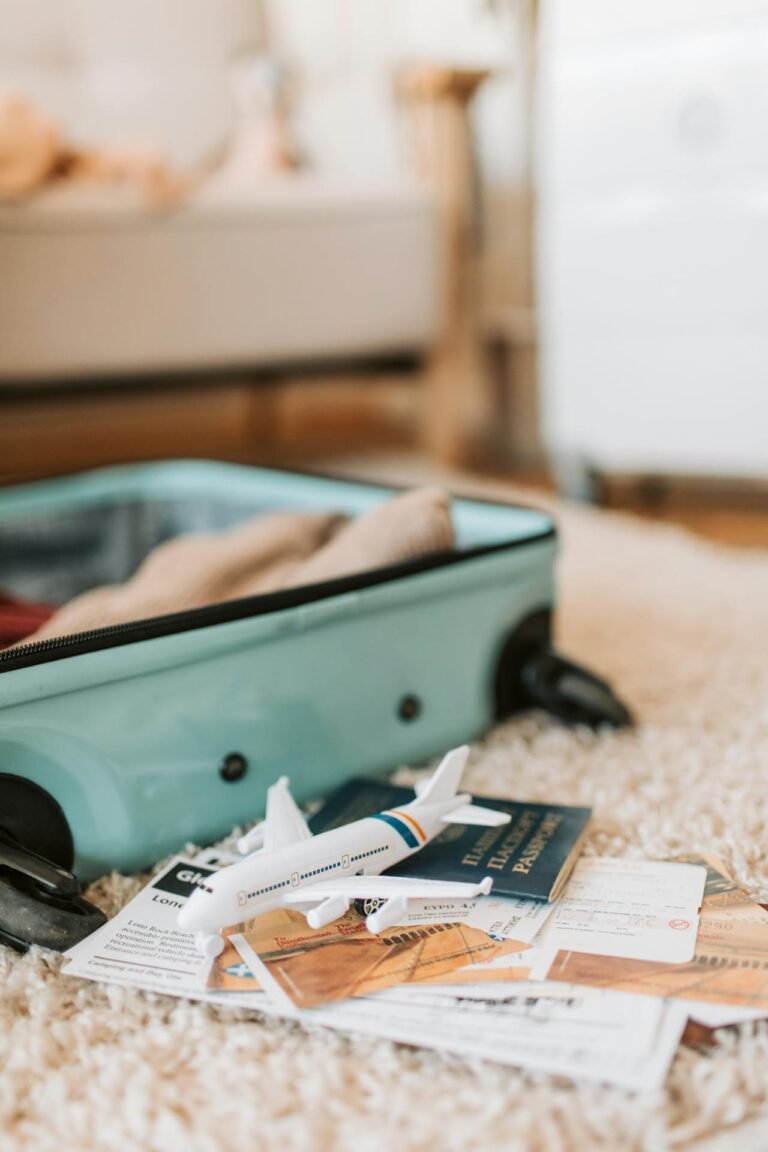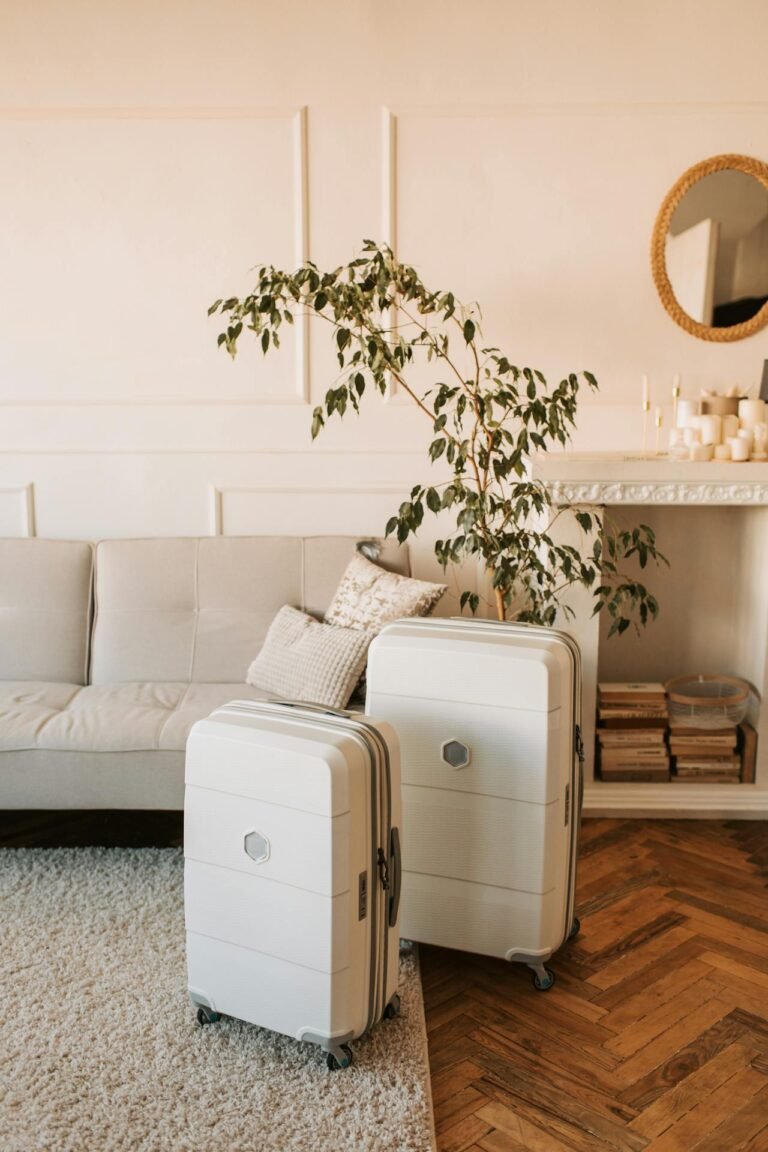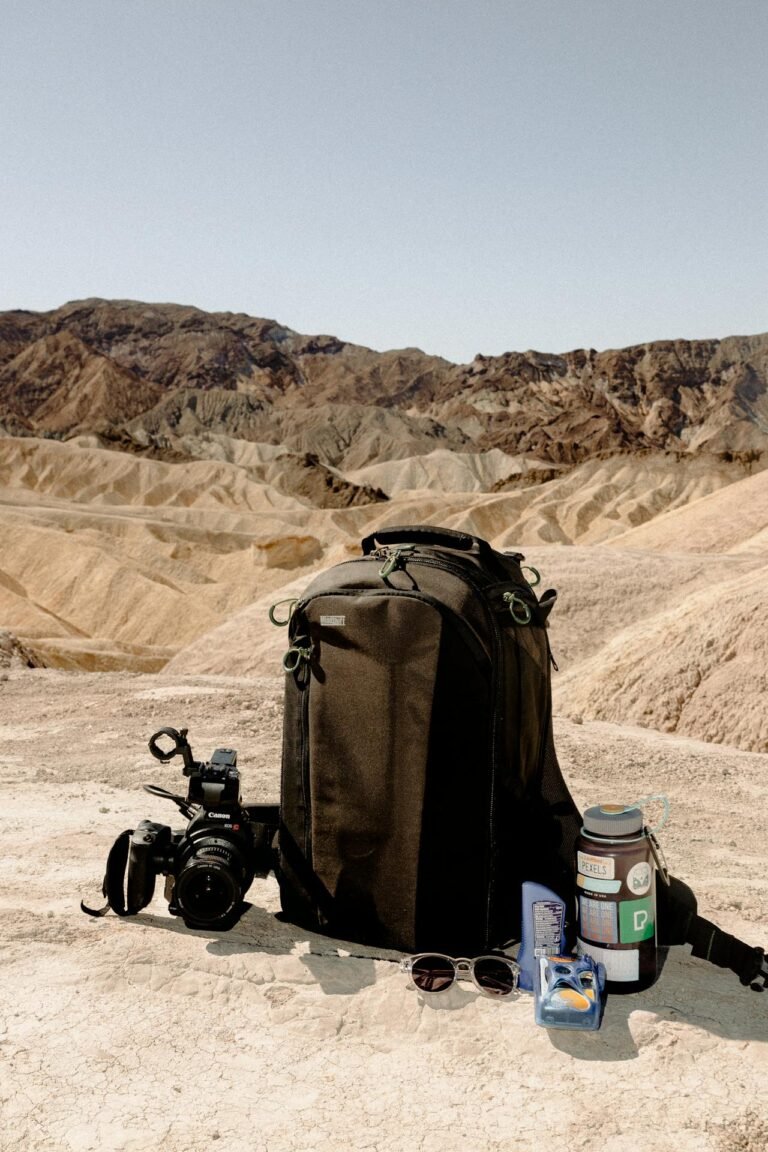Luggage for Europe Train Travel: Your Guide to Choosing the Perfect Bags
When exploring Europe by train, the right luggage can make your travel experience much easier. Choosing a lightweight backpack or a compact suitcase with wheels can make navigating train stations and boarding easier. With limited storage space on trains, maximizing your luggage efficiency is key to enjoying the journey.
As you plan your itinerary, consider the types of bags that are best suited for quick transfers and easy mobility. Look for options that fit comfortably in overhead racks or under your seat, allowing you to keep your essentials within reach. Traveling light not only simplifies your trips across cities but also enhances your overall adventure in Europe’s charming locales.
Packing smart is a vital step in ensuring you make the most of your European train travels. You’ll want to choose luggage that combines durability, functionality, and style, so you can focus on creating memorable experiences instead of worrying about your bags.
Choosing the Right Luggage
Selecting the appropriate luggage for train travel in Europe is crucial for a hassle-free journey. You need to consider size, durability, and practical features to ensure that your bags suit your travel style.
Size and Weight Restrictions
When traveling by train in Europe, pay close attention to size and weight restrictions. Each train service has specific guidelines on the dimensions and weight of luggage allowed.
Generally, you should aim for a maximum size of 55 cm x 40 cm x 20 cm for carry-on bags.
Most trains do not have strict weight limits, but it’s smart to keep your luggage light to easily maneuver through stations. Consider using a suitcase weighing around 2-3 kg, as this allows you to pack more essentials without exceeding limits. It’s also handy during transfers between trains or navigating cobbled streets.
Hard Shell vs. Soft Luggage
Choosing between hard shell and soft luggage boils down to your personal preference and travel needs.
Hard shell luggage offers better protection for fragile items, is more water-resistant, and often features locking mechanisms for security. This option is ideal for protecting electronics or souvenirs collected during your travels.
Soft luggage, on the other hand, tends to be lighter, more flexible, and easier to store in tight spaces like train compartments. It often includes external pockets for easy access to travel documents and snacks. Assess your packing style and choose accordingly.
Wheeled Bags vs. Backpacks
The type of bag significantly impacts your travel experience. Wheeled bags are convenient for rolling along smooth surfaces, but navigating stairs or cobblestone streets can be challenging. If you opt for a wheeled suitcase, ensure it has sturdy wheels and a comfortable handle.
Backpacks provide versatility and hands-free convenience. They are lighter and easier to carry when traversing public transport systems. Look for features like adjustable straps, lumbar support, and multiple compartments for better organization. Depending on your itinerary, a combination of both may also be a wise choice.
Features for Organization
Efficient organization is key to a smooth travel experience. Look for luggage with multiple compartments, pockets, and dividers to keep essentials easily accessible.
Interior pockets can be perfect for toiletries, chargers, and boarding passes.
Consider bags with external pockets for quick access to items like your water bottle or snacks. Some luggage options even include packing cubes that maximize space and separate dirty clothes. Investing in smart organization tools will save you time and hassle as you navigate busy train stations.
Packing Essentials
When traveling by train in Europe, packing thoughtfully can enhance your experience significantly. Focus on clothing that offers versatility, gadgets that add convenience, and toiletries organized effectively. Additionally, mastering space-saving techniques can make your journey smoother.
Clothing for Versatility
Choosing the right clothing is crucial for your train travel comfort. Opt for layers that you can mix and match, such as a light sweater, a versatile jacket, and breathable shirts. Neutral colors work wonders, allowing easy combinations of outfits.
Include comfortable pants, such as leggings or chinos, suitable for long hours of sitting. A scarf or shawl can double as a blanket on chilly trains. Don’t forget a good pair of walking shoes; you’ll likely explore city streets after your train rides.
Travel Gadgets and Accessories
Travel gadgets can greatly enhance your comfort and convenience while on trains. Consider a lightweight power bank to keep your devices charged. Noise-canceling headphones can help you enjoy music or movies without outside distractions.
A portable travel pillow is a great addition for longer journeys, ensuring you wake up refreshed. Use a universal travel adapter to keep devices charged across various countries. Also, pack a lightweight backpack or tote bag for day trips during your travels.
Toiletry Kits and Containers
Effective organization of your toiletries can save time and space. Invest in a compact toiletry kit that fits easily into your luggage.
Prioritize travel-sized essentials like shampoo, conditioner, and body wash.
Consider using refillable containers to carry the right amount of products. Remember to pack a toothbrush and a small tube of toothpaste. Don’t forget items like deodorant, skincare products, and any necessary medications to keep you feeling fresh throughout your journey.
Space-saving Techniques
Implementing space-saving techniques ensures you maximize your luggage while staying organized. Roll your clothes instead of folding them, which can save space and minimize wrinkles. Packing cubes can also help you keep items categorized and easily accessible.
Use every inch of your suitcase by placing smaller items in shoes and gaps. Compression bags can further reduce bulk, especially for thicker clothing. Lastly, always pack a lightweight laundry bag to separate dirty clothes from clean ones while traveling.
Security Considerations
When traveling through Europe by train, it’s essential to be mindful of your luggage security. Implementing effective security measures can help protect your belongings during your journey. Here are some key areas to focus on.
Luggage Locks and Security
Investing in high-quality luggage locks is a practical step to enhance security. Look for TSA-approved locks that allow airport security to inspect your bags without cutting your locks.
You can also consider different types of locks:
- Cable locks: Ideal for securing zippers or attaching bags to fixed objects.
- Combination locks: No need to carry a key, reducing the chance of loss.
Additionally, using luggage straps can add extra security and help identify your bags easily. Your luggage is less likely to accidentally open during transit, keeping your items safer.
Anti-Theft Bags
Choosing an anti-theft bag can significantly reduce the risk of theft. These bags typically come with reinforced straps and locking mechanisms. Look for features such as:
- Cut-resistant straps: These prevent thieves from quickly snipping and snatching your bag.
- Lockable zippers: Make it difficult for someone to open your bag without your knowledge.
Some anti-theft bags also include hidden pockets, which keep valuables out of sight. Consider bags with RFID-blocking compartments to protect sensitive information from electronic pickpockets. These options contribute to safer travel experiences.
Technology Safety
In today’s connected world, keeping your technology safe while traveling is crucial. Always ensure your devices are password-protected and use two-factor authentication when possible.
Carry your electronics in secure pockets or sleeves within your bag. Consider using anti-theft technology such as tracking devices that help you locate your luggage if lost.
Be cautious when charging devices in public spaces; use a personal charger instead of shared outlets to prevent hacking attempts. By being proactive about your tech safety, you can enjoy your travels worry-free.
Transportation Tips
Traveling by train in Europe can be a delightful experience, but it comes with its own set of challenges. Understanding how to navigate train stations, manage onboard storage, and handle luggage during transfers will enhance your journey significantly.
Navigating Train Stations
Train stations across Europe can vary in size and complexity. Upon arrival, look for clear signage in multiple languages, which helps you locate platforms and facilities.
Be sure to check the departure boards regularly. They often display real-time updates about train schedules and platform changes.
If you’re uncertain, don’t hesitate to ask station staff for assistance. Their knowledge can save you time and confusion.
Tip: Arrive at the station at least 30 minutes early, especially in larger cities, to give yourself ample time to navigate.
Onboard Storage and Etiquette
Once on board, storing your luggage properly is crucial. Most trains in Europe allow you to keep your bags above your seat or in designated luggage racks at the ends of the car.
Guidelines for storage:
- Place smaller bags in the overhead compartment.
- Use floor racks for larger suitcases.
- Keep aisles clear for safety.
Maintain a friendly atmosphere by being considerate of fellow travelers. Keep noise levels down and avoid blocking access to seating.
Note: Train toilets may be basic, so plan accordingly for any long journeys.
Managing Luggage During Transfers
When transferring between trains, managing your luggage efficiently is essential. Use rolling suitcases or easy-to-carry backpacks. This makes it easier to move swiftly through connecting stations.
Check whether your train operator offers luggage forwarding services if you’re traveling long distances without needing your bags in between. This can simplify your travel experience considerably.
Helpful tips:
- Identify your next train platform as soon as you arrive.
- Keep your tickets handy for quick reference and boarding.
- Use luggage tags to identify your bags easily.
Luggage Care and Maintenance
Taking care of your luggage ensures it lasts through many adventures. Here are some simple tips to keep your bags in great shape.
Clean Regularly
Wipe down your luggage with a damp cloth after each trip. For fabric bags, use a soft brush to remove dust and dirt.
Store Properly
When not in use, store your luggage in a cool, dry place. Avoid stacking heavy items on your bags to maintain their shape.
Check for Damage
Inspect your luggage before and after trips. Look for broken zippers, loose wheels, or tears. Address issues promptly to prevent further damage.
Use Protective Covers
Consider using luggage covers or wraps to protect against scratches and dirt. These are especially handy during transit.
Keep It Dry
If your bag gets wet, dry it completely before storing it. This prevents mold and odors from developing.
Label Your Bags
Always label your luggage with your contact information. This not only helps if your bag gets lost but also aids in quick identification.






